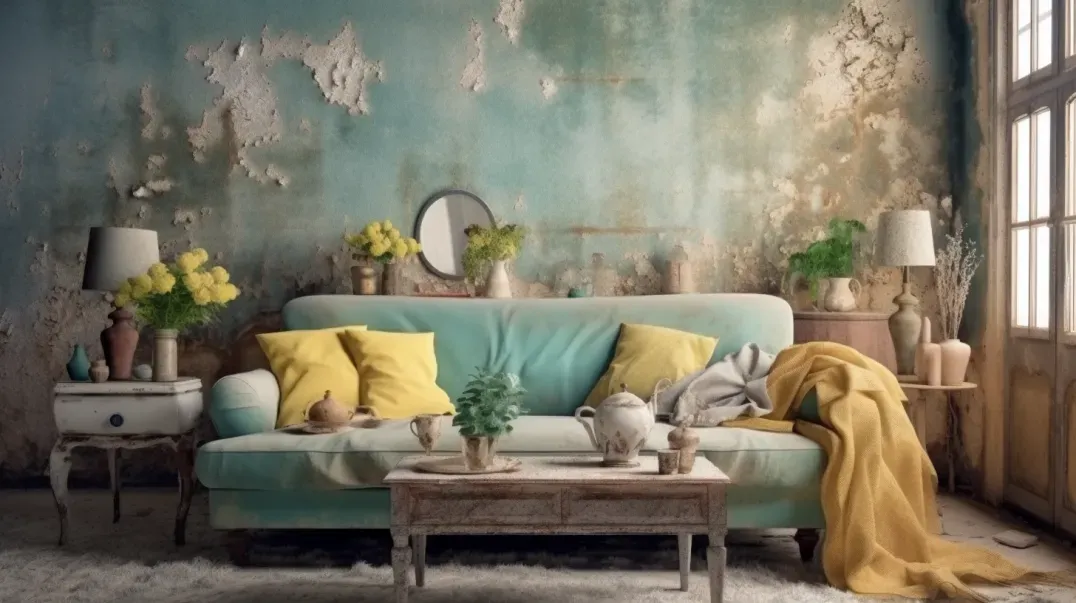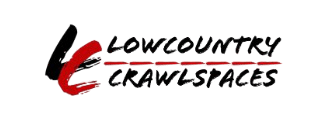Eco-Friendly Mold Prevention Techniques
In the quest for a healthy and safe living environment, the importance of mold prevention cannot be overstated. Mold, a ubiquitous presence in both outdoor and indoor environments, becomes a concern when it takes root in our homes, thriving in damp and poorly ventilated spaces. This blog delves into the vital role that mold prevention plays not only in safeguarding our health but also in preserving the structural integrity and aesthetic value of our homes.
The presence of mold in residential spaces is more than just an unsightly nuisance; it poses significant health risks, particularly to those with allergies, asthma, and compromised immune systems. From irritating the eyes, nose, and throat to exacerbating respiratory conditions, the health implications of indoor mold growth demand our attention and action. Moreover, mold can cause extensive damage to building materials, leading to costly repairs and a decrease in property value.
Understanding the stakes, this blog aims to equip homeowners and residents with the knowledge and strategies necessary to effectively combat mold. By emphasizing preventive measures, regular home maintenance, and swift action at the first signs of mold, we can create healthier living spaces that stand the test of time against the challenges posed by mold growth.
Join us as we explore the multifaceted approach to mold prevention, offering insights into identifying risk factors, implementing effective cleaning and maintenance routines, and understanding when professional intervention is necessary. Our goal is to provide a comprehensive guide that highlights the importance of a proactive stance on mold prevention, ensuring a healthy, safe, and well-maintained home for you and your loved ones.
Understanding Mold and Its Environmental Impact
Mold plays a complex role in our environment, breaking down dead organic matter outdoors but potentially causing health problems and property damage when it grows unchecked indoors. Understanding the basics of mold growth and the environmental impact of traditional mold remediation methods is crucial for adopting more sustainable practices in combating mold. This section explores the conditions that foster mold growth and the need for eco-friendly remediation alternatives.
Basics of Mold Growth
Mold growth indoors is primarily fueled by two key factors: moisture and organic material. Here’s how these elements contribute to mold proliferation:
- Moisture: Mold spores need moisture to germinate and grow. Water leaks, high humidity, condensation, and flooding are common sources of moisture that can create ideal conditions for mold growth inside buildings.
- Organic Material: Mold feeds on organic materials, such as wood, paper, fabric, and even dust containing skin cells. Virtually any surface in a building can support mold growth if it becomes damp or wet and contains organic material.
Understanding these conditions is the first step in preventing mold growth, emphasizing the importance of moisture control and regular maintenance in buildings.
Environmental Concerns with Traditional Mold Remediation
Traditional mold remediation often relies on chemical mold removers that can have significant environmental impacts. Here’s why there’s a growing concern and a push towards eco-friendly alternatives:
- Chemical Pollutants: Many conventional mold removers contain harsh chemicals that can pollute indoor air, harm aquatic life if washed into waterways, and contribute to the depletion of the ozone layer.
- Health Risks: The use of strong chemical removers indoors poses health risks to humans and pets, including skin irritation, respiratory issues, and allergic reactions.
- Need for Eco-Friendly Alternatives: Given these concerns, there’s an increasing demand for mold remediation methods that are safe for both the environment and human health. Eco-friendly alternatives include natural mold-killing solutions like vinegar, hydrogen peroxide, and tea tree oil, which are effective against mold without the harmful side effects of chemical removers.
Adopting eco-friendly mold remediation practices not only helps in effectively managing mold growth but also contributes to a healthier planet by reducing the use of toxic chemicals and minimizing environmental pollution.
Natural Mold Prevention Methods
Preventing mold growth in homes and buildings is essential for maintaining a healthy living environment. While there are various ways to combat mold, natural prevention methods are increasingly favored for their environmental benefits and sustainability. This section explores effective strategies for controlling indoor humidity naturally and enhancing ventilation and air circulation, crucial steps in preventing mold growth without relying on energy-intensive appliances.
Controlling Indoor Humidity Naturally
Maintaining optimal indoor humidity levels is vital in preventing mold growth. Here are natural strategies to achieve this:
- Use of Plants: Certain indoor plants, such as Boston ferns and peace lilies, can help absorb excess moisture from the air, naturally reducing indoor humidity levels.
- Natural Dehumidifiers: Rock salt and silica gel are natural substances that can absorb moisture from the air. Placing bowls of these materials in damp areas of your home can help control humidity.
- Ventilation During Cooking and Bathing: Activities like cooking and bathing can significantly increase indoor humidity. Opening windows or using exhaust fans during these activities can help vent excess moisture outside.
- Air Drying Clothes Outdoors: Drying clothes indoors can increase humidity levels. Whenever possible, dry clothes outdoors to prevent additional indoor moisture.
By implementing these natural strategies, you can maintain healthier indoor humidity levels, reducing the risk of mold growth.
Ventilation and Air Circulation
Proper ventilation and air circulation are crucial in preventing mold by reducing moisture levels and distributing fresh air throughout indoor spaces. Here are tips for improving natural ventilation and air circulation:
- Open Windows: Regularly opening windows, especially during dry, sunny weather, can help exchange damp indoor air with fresh outdoor air, reducing moisture levels and diluting indoor air pollutants.
- Use of Fans: Strategically placing fans near windows or in hallways can help create a cross-flow of air, enhancing natural ventilation and air circulation even when outdoor conditions are not ideal.
- Rearrange Furniture: Ensure that furniture does not block air vents or windows. A well-arranged room promotes better air movement, preventing stagnant air and moisture accumulation.
- Door Ventilation: Keeping doors open between rooms can improve air circulation throughout the home, helping to distribute heat evenly and reduce damp spots where mold could grow.
Emphasizing natural ventilation and air circulation can significantly contribute to a mold-free environment, promoting a healthier and more comfortable living space.
Eco-Friendly Cleaning Solutions for Mold
The fight against mold in our homes doesn't have to rely on harsh chemicals that can harm our health and the environment. Eco-friendly cleaning solutions offer a safe, natural, and effective alternative for tackling mold. This section explores homemade mold cleaning recipes using readily available ingredients and provides guidelines for their safe application and usage.
Homemade Mold Cleaning Recipes
Harness the power of natural ingredients to create effective mold cleaning solutions. Here are some recipes to get you started:
- Vinegar Solution: Fill a spray bottle with white distilled vinegar, and spray directly onto the moldy surface. Allow it to sit for an hour before wiping clean with water. Vinegar is a mild acid that can kill most mold species.
- Baking Soda Scrub: Mix a quarter tablespoon of baking soda with water in a spray bottle. Shake until the baking soda is dissolved, spray on the moldy area, scrub with a brush, then rinse with water. Baking soda not only cleans but also deodorizes and prevents mold from returning.
- Tea Tree Oil Spray: Combine one teaspoon of tea tree oil with one cup of water in a spray bottle. Shake to mix thoroughly and spray onto the moldy surface. Do not rinse. Tea tree oil is a natural fungicide and can kill mold spores on contact.
- Hydrogen Peroxide Spray: Mix a solution of 3% hydrogen peroxide with water in a 1:1 ratio in a spray bottle. Spray onto the moldy surface, let it sit for 10 minutes, then scrub and rinse. Hydrogen peroxide is an effective antifungal and antibacterial agent.
Safe Application and Usage
While natural, these homemade mold cleaners still require careful handling to prevent damage to surfaces and ensure effectiveness. Here are some guidelines for safe application:
- Patch Test: Always perform a patch test on a small, inconspicuous area before applying the solution to a larger area to ensure it doesn't cause damage.
- Wear Protective Gear: Even natural solutions can irritate skin or eyes. Wear gloves and, if necessary, eye protection when applying mold cleaning solutions.
- Ventilation: Ensure the area is well-ventilated to avoid inhaling any vapors, especially when using essential oils or hydrogen peroxide.
- Follow Directions: For each recipe, follow the directions closely. Some solutions, like the vinegar spray, require time to work effectively.
- Rinse Thoroughly: Except for the tea tree oil spray, rinse treated areas thoroughly with water after cleaning to remove any residue.
By adopting these eco-friendly cleaning solutions and adhering to safe application practices, you can effectively combat mold in your home without compromising on environmental values or health safety.
Sustainable Materials and Building Practices
In the realm of modern construction and renovation, the emphasis on sustainability extends beyond energy efficiency and resource conservation. It also encompasses the use of materials and practices that prevent mold growth, thereby ensuring healthier living environments and reducing the need for chemical interventions. This section explores recommendations for choosing mold-resistant building materials and designing spaces that inherently deter mold growth.
Choosing Mold-Resistant Building Materials
Selecting the right materials is crucial for preventing mold in new constructions and renovations. Here are some sustainable, mold-resistant options:
- Mold-Resistant Drywall and Paints: Opt for drywall that is specially designed to resist moisture absorption and paints that contain mold inhibitors. These products are particularly useful in high-humidity areas like bathrooms and kitchens.
- Composite Decking: Unlike traditional wood decking, composite materials do not absorb water and are less likely to support mold growth, making them a durable and sustainable choice for outdoor spaces.
- Non-Porous Flooring: Materials like ceramic tile, luxury vinyl, and polished concrete are resistant to moisture and mold, making them ideal for sustainable flooring solutions in damp areas.
- Natural Fiber Insulation: Some insulation materials made from natural fibers, such as sheep’s wool, are not only sustainable but also naturally mold-resistant, providing excellent thermal insulation while minimizing mold risks.
By prioritizing these materials in construction and renovation projects, builders and homeowners can create more sustainable and healthier indoor environments.
Designing for Mold Prevention
Beyond material selection, architectural and design elements play a significant role in mold prevention. Here are tips for integrating mold-deterring features into building designs:
- Enhanced Ventilation: Design buildings with ample ventilation, including operable windows and well-placed vents, to facilitate air exchange and reduce indoor humidity levels.
- Proper Drainage and Grading: Ensure that the building site is graded to direct water away from the foundation. Incorporate drainage solutions like French drains to prevent water accumulation around the building.
- Sunlight Exposure: Take advantage of natural sunlight, a natural mold deterrent, by designing spaces with ample windows and skylights to reduce dampness and discourage mold growth.
- Roof Overhangs: Incorporate wide roof overhangs in the design to protect exterior walls from rain, reducing moisture exposure and the risk of mold in external walls.
Incorporating these design elements can significantly reduce the risk of mold growth by addressing the root causes of moisture accumulation and promoting a drier, healthier indoor environment.
Landscaping and Exterior Mold Prevention
The exterior environment of a building plays a crucial role in mold prevention. Thoughtful landscaping and natural drainage solutions can significantly reduce the risk of water accumulation near the foundation, which is a common precursor to mold growth. This section explores eco-friendly landscaping techniques and natural drainage solutions that contribute to a dry and mold-free building exterior.
Eco-Friendly Landscaping Techniques
Eco-friendly landscaping involves designing outdoor spaces in ways that naturally prevent moisture buildup and promote water diversion away from the building. Here are some techniques to consider:
- Native Plants and Trees: Choose native plants and trees that are well-adapted to your local climate and soil conditions. These plants typically require less watering and are more resistant to local pests, reducing the need for irrigation and chemical treatments that can contribute to moisture problems.
- Smart Plant Placement: Plant trees and shrubs at a safe distance from the building to prevent root intrusion and moisture accumulation near the foundation. Ensure that mature plants will not block sunlight from reaching the building, as sunlight helps to keep the building's exterior dry.
- Mulching: Use organic mulches around plants to help retain soil moisture and reduce water runoff, but avoid piling mulch against the building's foundation, as it can retain moisture and encourage mold growth.
- Graded Landscaping: Grade your landscaping so that it slopes away from the building, encouraging water to flow away from the foundation. A slope of at least 6 inches over a 10-foot span away from the foundation is recommended.
Natural Drainage Solutions
Implementing natural drainage solutions is a key strategy for keeping the foundation dry and preventing mold growth. Here are effective solutions to consider:
- Rain Gardens: Create rain gardens in low-lying areas of your yard to capture runoff from roofs, driveways, and other impervious surfaces. Rain gardens allow water to be absorbed into the ground naturally, reducing water accumulation around the building.
- Swales and Contouring: Use swales (shallow ditches) and contouring techniques to direct water flow across the landscape, guiding it away from the building and towards areas where it can be safely absorbed or collected.
- Permeable Paving: Opt for permeable paving materials for driveways, walkways, and patios. These materials allow water to seep through and enter the ground below, reducing runoff and preventing water from pooling near the foundation.
- French Drains: Install French drains around the building's perimeter where water accumulation is a concern. A French drain is a gravel-filled trench that contains a perforated pipe, which redirects surface water and groundwater away from the building.
By incorporating these eco-friendly landscaping techniques and natural drainage solutions, homeowners and property managers can effectively prevent water accumulation and mold growth around buildings, contributing to healthier living environments and supporting sustainability.
FAQs
Contact Lowcountry Crawlspaces Today!
Lowcountry Crawlspaces will do everything we can to ensure your experience with us is excellent.
Request A FREE Estimate
CHECKOUT RECENT POST
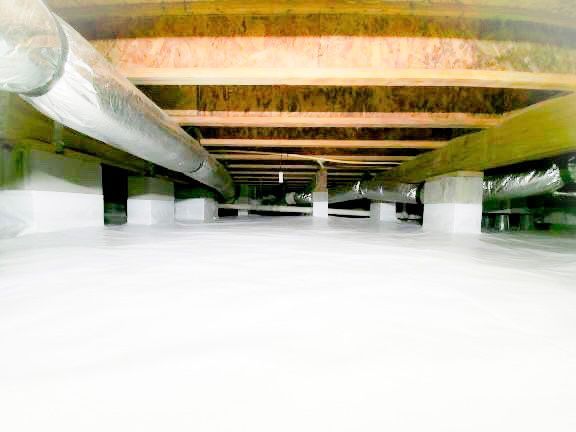
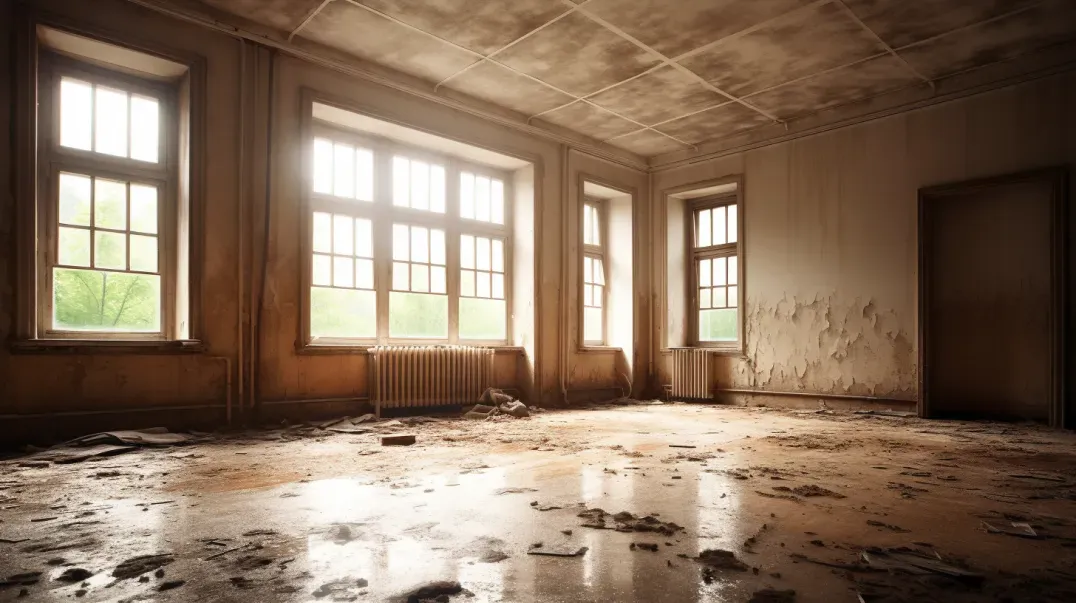
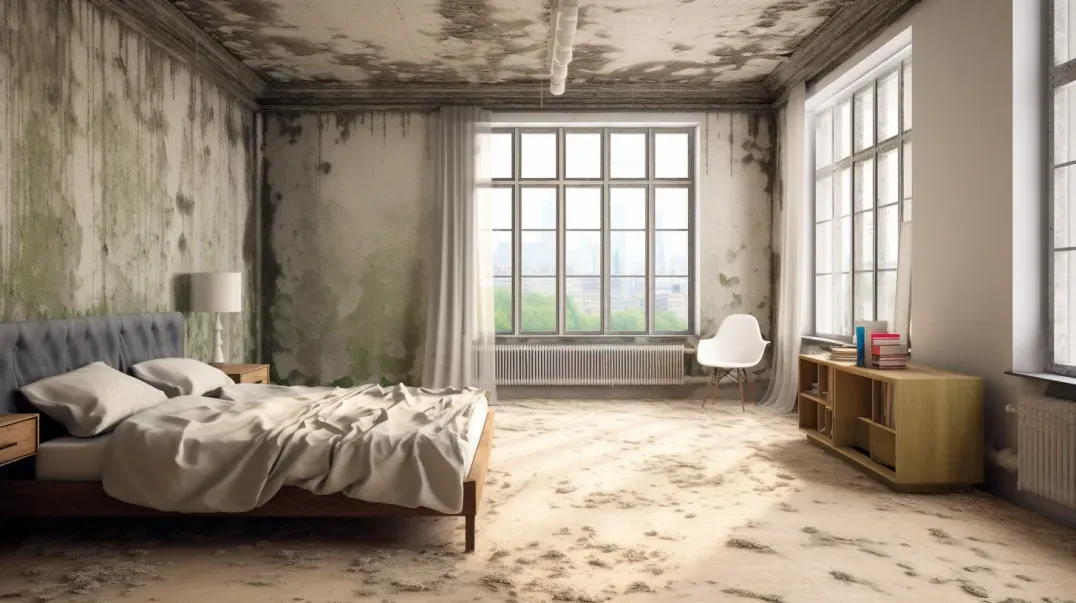
Schedule Your FREE Crawl Space Evaluation Today
There Is No Crawl Space Job We Can’t Fix!



